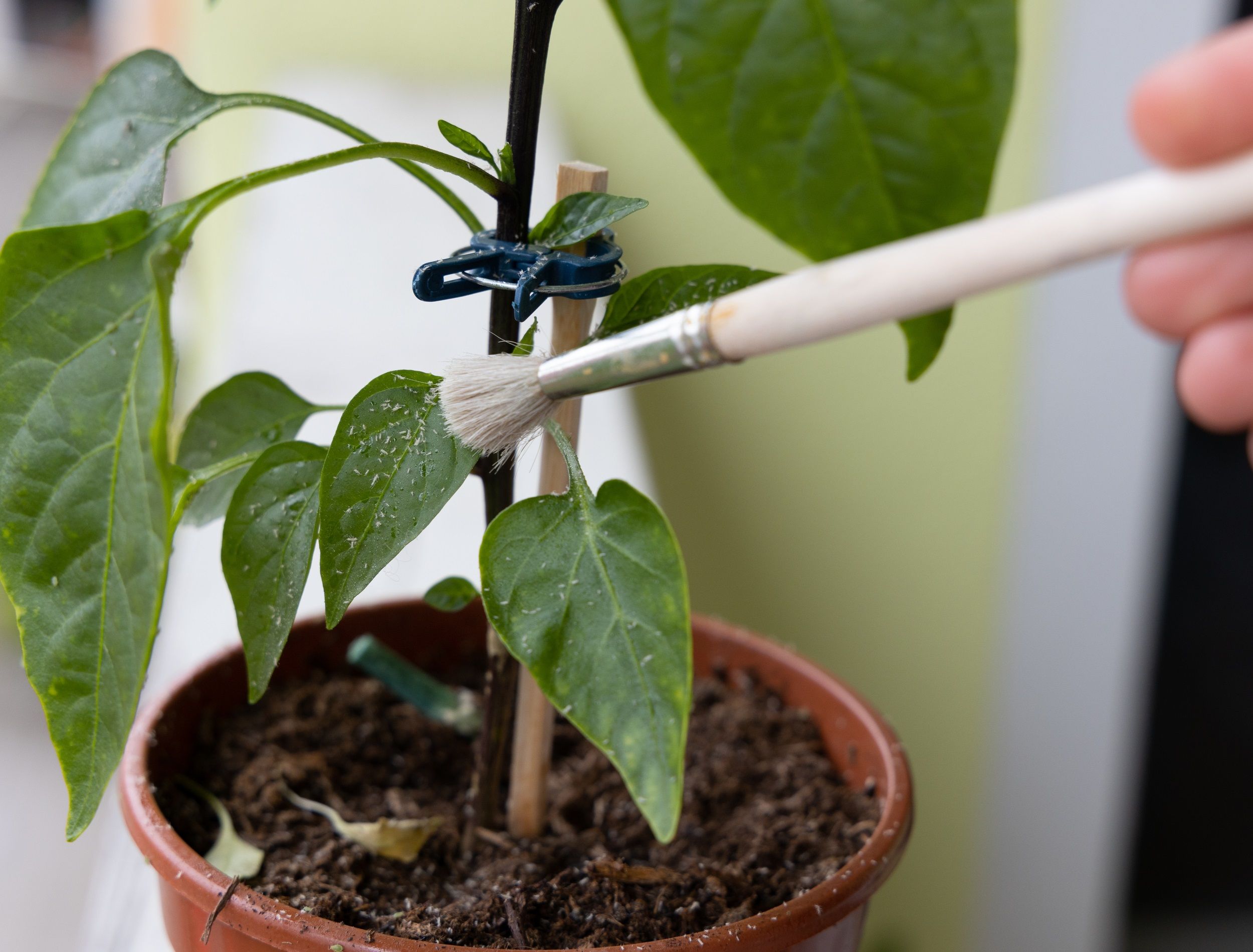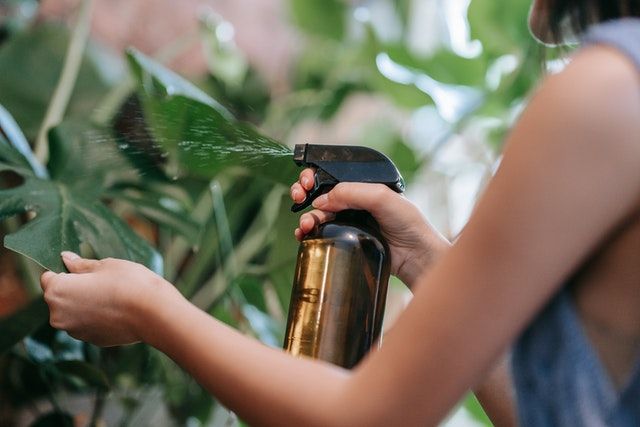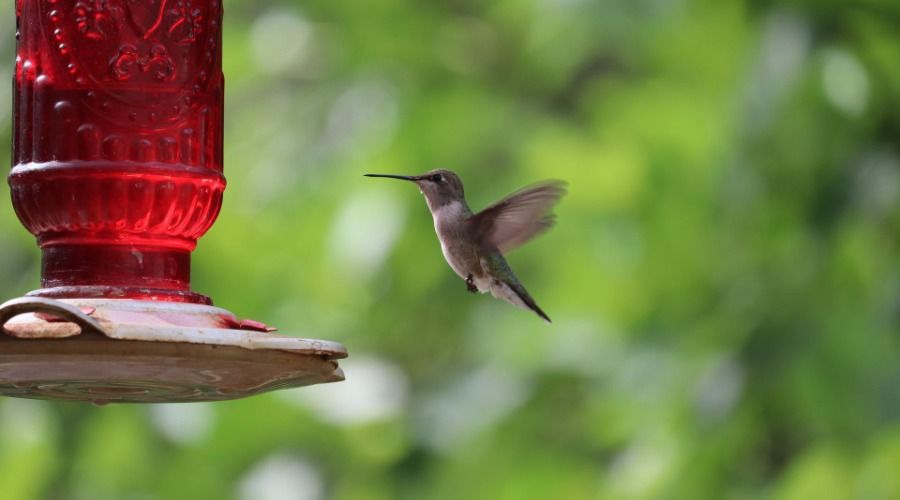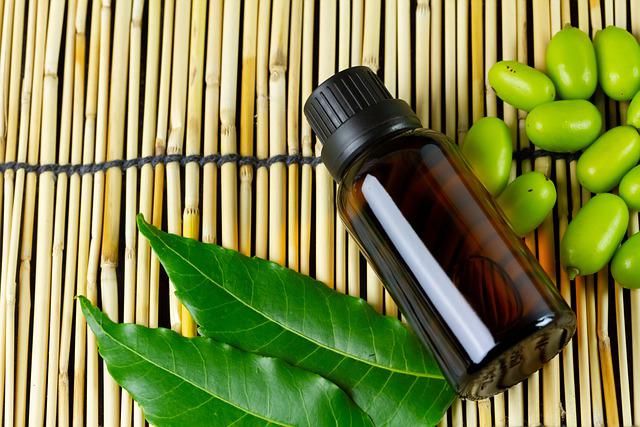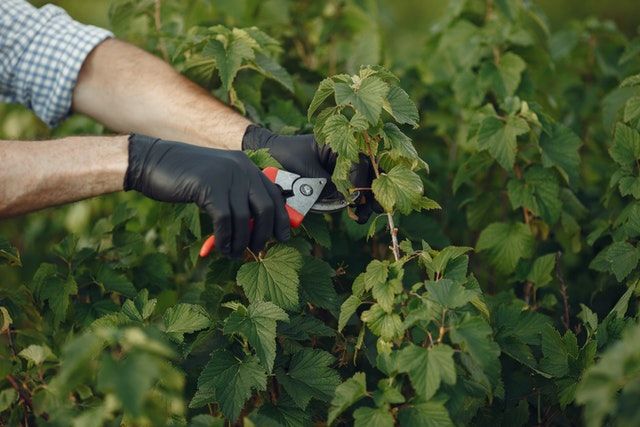Have you been noticing white specks on your plants? Well, if you inspect a little closer, you might find that you have whiteflies! Whiteflies are garden pests that can inflict extensive damage to crops. Infestations are common in the outdoor gardens of warm climates where whiteflies can overwinter. They also cause a nuisance in greenhouses and indoor gardens everywhere.
Whiteflies wreak havoc on both food crops as well as ornamental plants. Keep a close eye on your tomato, bell pepper, bean, cucumber, eggplant, grape, sweet potato, squash, and cabbage plants. These plants are particularly susceptible to whitefly infestations. Likewise, ornamental plants such as hibiscus, roses, poinsettias, begonias, petunias, fuchsias, and salvia are also vulnerable.
It is important to recognize the early signs of a whitefly infestation and take immediate action. Similar to other pest problems, prevention is key!
What are Whiteflies?
Image credits: Andrei310 via Canva
Whiteflies are tiny, winged insects that like to feed on the undersides of leaves. They are from the Hemiptera species, a group of insects that use their piercing and sucking mouth parts to suck the sap from plants. As they feed, whiteflies secrete a sticky substance called honeydew.
Whiteflies are moth-like in appearance, with soft bodies typically one to two millimeters in length. Female whiteflies can lay up to 400 tiny eggs, which grow into oval-shaped larvae.
Among the hundreds of species of whitefly, some are particularly devastating to gardens. Greenhouse, winged, Silverleaf, and giant whiteflies are among these problematic species. While most whiteflies only target a few types of plants, these species are less particular.
Why are Whiteflies an Issue?
Image credits: wichitra watchasang via Canva
Whiteflies are problematic due to their tendency to congregate in large numbers. It allows them to overwhelm susceptible plants and start a feeding frenzy!
While feeding, whiteflies secrete a sweet substance called honeydew. This sticky material encourages the growth of a fungal disease known as black sooty mold. Aptly named, black sooty mold appears as grimy, black splotches on your plant leaves and branches.
On top of secreting honeydew, whiteflies inject their toxic saliva into a plant as they feed on the plant juices within. This saliva weakens the plant, causing its flowers and leaves to wilt and eventually die.
The most harmful attribute of whiteflies is their ability to transmit disease to plants. It is therefore imperative to stop an infestation immediately after detection. Ridding your garden of whiteflies may not be as simple as you think, as they have developed resistance to many chemical pesticides.
Keep your prevention and extermination methods organic! It's better for the environment and safer for use on food-producing plants.
Materials Needed
- Spray bottle or hose
- Reflective mulch
- Handheld vacuum
- Yellow sticky traps (DIY: yellow index cards and petroleum jelly)
- Castile soap and water
- Neem oil
- Garden shears
A Step-By-Step Guide to Getting Rid of Whiteflies
Step One: Prevention
Image credits: uncle_daeng via Canva
Aggressive preventive measures are the key to keeping your plants whitefly-free!
Quarantine New Plants
Keep any new plants away from your indoor and outdoor gardens for a period of two to three weeks. This provides the appropriate amount of time to monitor your new additions and detect any infestations.
Check Your Plants Regularly
Keeping a vigilant eye on your garden is great for pest prevention of all kinds!
Look for signs of a whitefly infestation on the underside of your plant leaves. Here you may find clusters of white insects, ovular-shaped larvae, or circles of tiny, white eggs. These are all indications of whitefly inhabitance.
Notice swarms of tiny insects that take off from your plants when you approach. Diligently check those plants for signs of whiteflies.
Watch out for sticky leaves and the black, sooty mold caused by secreted honeydew. Honeydew also attracts ants to your plants with its sweet taste. Take the presence of ants as a sign of a possible whitefly infestation.
Constantly check the soft, smooth foliage of your indoor and outdoor plants. These are leaves that whiteflies find most enticing. Pay attention to foliage damage, including leaves that turn yellow and wilt. These signs could indicate the presence of whiteflies.
Use Yellow Sticky Traps
Whiteflies are attracted to the color yellow. Therefore, you can detect the infestation with yellow sticky traps. You can purchase them at a store or make them yourself by smearing petroleum jelly over a yellow cue card.
While these traps do not typically eradicate a whitefly infestation, they are useful prevention tools for monitoring insect populations. Once alerted to the presence of whiteflies, you can immediately act to fix the problem!
Use Reflective Mulch
Use a metallic fabric mulch, such as aluminum reflective mulch, around the base of your susceptible plants. This shiny material confuses adult whiteflies, making it difficult to select their preferential host plants.
Step Two: Blast Bugs Away
Image Credits: Sasha Kim via Pexels
When your prevention methods fail, the next step is to try and physically remove a whitefly infestation by force.
Use a handheld vacuum to gently remove bugs, larvae, and eggs from your indoor plant leaves. Ensure to dispose of your vacuum bag in a closed container outdoors.
Alternatively, spray your foliage with water to dislodge any eggs and remove nymphs from their food source. Wipe any sticky leaves with a damp cloth to remove secreted honeydew before it attracts ants or disease.
Use a hose to spray down any affected plants in your outdoor garden.
Step Three: Entice Natural Predators
Image credits: GeorgeB2via Pixabay
Keeping the natural predators of whiteflies around is extremely beneficial to the prevention and eradication of these pests! Among the natural enemies of whiteflies are ladybugs, dragonflies, damselflies, and green lacewings. Green lacewings may be purchased as eggs from commercial insectaries and are notorious for attacking mealybugs, spider mites, and other harmful pests.
Try planting flowers that attract hummingbirds to your garden. Hummingbirds are beautiful pollinators who also feed on whiteflies. Experiment with basil or bee balm, two plants that attract hummingbirds while naturally repelling whiteflies!
Avoid using insecticides that harm or kill a whitefly's natural predators. These are important creatures to keep around when you're looking to rid your garden of whiteflies.
Step Four: Try Using Castile or Neem
Image Credits: Ninetechno via Pixabay
Alternatively, if you need to use chemical pesticides, try using a DIY insecticidal soap!
Spray a solution of one tablespoon castile soap combined with one quart of water on any infested plants. A castile soap and water mix works by suffocating the eggs, larvae, and adult insects. Apply your DIY insecticide in the morning or evening when temperatures are cool. You may need to repeat the process a few times to completely eradicate a population of whiteflies.
Use neem oil as a natural horticulture oil and apply it to whitefly-infested plants. It comes in granular form, which may be worked into the soil, a powdered form that can be applied to leaves, or as a concentrated liquid that may be diluted and sprayed on leaves. Neem oil works by discouraging the formation of black sooty mold on plants affected by secreted honeydew.
Step Five: Remove Affected Parts of the Plant
Image Credits: Gustavo Fring via Pexels
The final step for ridding your garden of whiteflies is to cut off any affected plant parts with a pair of sharp garden shears. These include any yellow, wilted, or eaten leaves, as well as sticky leaves that you can't clean. Burn or discard infested leaves in closed containers to avoid the spread of disease or a re-infestation. To prevent the spread of disease and infestation in your home garden, an entire affected plant or plant grouping may require removal.
Watch Out
Whiteflies may be tiny, but they can cause a huge problem for indoor and outdoor gardens. Their saliva weakens plants while their secretions harbor fungal diseases like black, sooty mold. Whiteflies congregate in large numbers and are notorious for the spread of disease among plants.
It is best to focus on prevention and closely observe your plants for signs of a whitefly infestation. Once you're alerted to the presence of whiteflies, it's crucial to act quickly to eradicate the problem before it gets out of control.
Use organic methods to rid your area of these pests that have developed a resistance to many chemical pesticides. In dire cases, remove leaves or entire affected plants to prevent infestation and disease from spreading to your neighboring plants!

